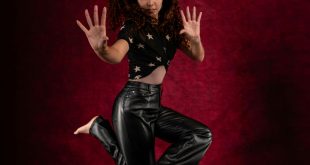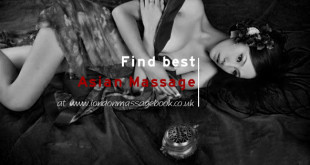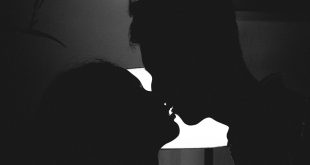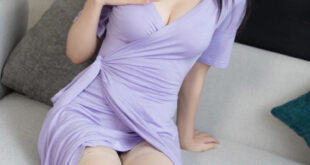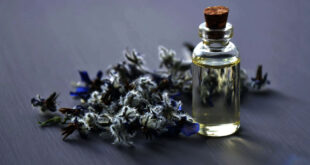What is Real Thai Massage? I mean real Thai massage, not the blow job bars in Bangkok of course…Mention Thai massage – and many will first think of Bangkok’s notorious night life, its “massage” parlours with saucy extras. Thai massage has suffered from this confusion of
terms, for few visitors of Thailand know that it does not mean any erotic element or covert prostitution at all.
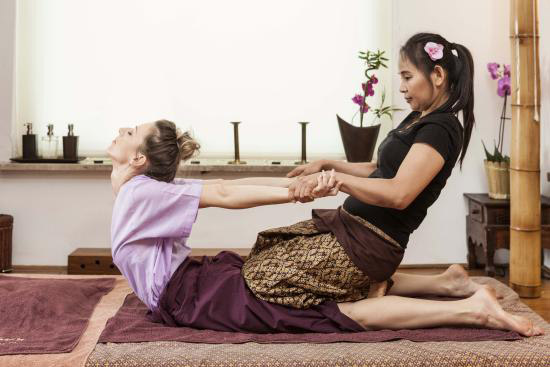
Traditional Thai massage – or Nuad in Thai – looks back on a long history of curative treatment. When trying to trace the massage methods as practised in Thailand to their roots, one is bound to discover that Thai massage originally came to South East Asia from India.
Thai massage is a very wide-spread form of treatment in Thailand. It ranks highly in the health care system and is considered an easy-to-use and efficient method by all sections of the population.
Moreover, from the medical perspective it is used as a very successful treatment.
History of Thai Massage
Historically speaking the knowledge of traditional Thai massage reached South East Asia some 2500 years ago. It is said to have been introduced more than 2500 years ago by a doctor from Northern India by name of Jivaka Kumar Bhaccha, a contemporary of Buddha and personal doctor of the Magadha King Bimbisara. Kumar Bhacca is known to have been a friend of Buddha and a doctor for the Buddhist monks. He is mentioned in the Pali Kanon, the old texts of Buddhism of the Southern school of Theravada (found today mainly in Sri Lanka, Birma/Myanmar, Laos, Cambodia and Thailand).
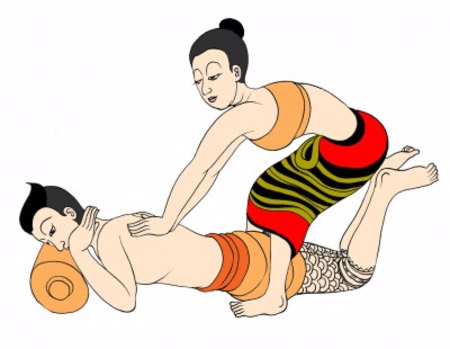
In the 17th century mention was made of medical texts written in the Pali language and Khmer script on palm tree leaves. These old texts seem to have been of great importance and were workshipped almost in the same was as the Buddhist writings. However, when in 1767 the ancient Royal Town of Ayutthaya was destroyed by Burmese conquerers, the old texts were largely lost. Only fragments survived which King Rama III in 1832 used as a basis for the famous epigraphs of the Phra Chetuphon Temple (Wat Pho) in Bangkok.
The most famous massage school, where our personell was trained (The Wat Po Traditional Medical School), is also part of this temple.
Traditional Thai Massage
Traditional Thai massage is based on a holistic apporach which is in line with the human nature. The integration of nature, body, spirit and soul is the central orientation. Unlike classical Western forms of massage it is geared less to the anatomy of the human body than to the so-called lines and fields of energy which are comparable to the meridians in Chinese medicine. Closely related are for example acupressure and reflexology. Owing to the unique technique it generally produces far better health results than conventional forms of massage.
While rubbing and kneadling of the skin are essential elements of the classical Western massage, traditional Thai massage uses specific bodily sites to exert a positive influence on other (inner) parts of the body. This is why no massage oil is required. However, the effect of the massage can be enhanced in some cases by using special herbal essences. Extending and stretching the entire muscular system stimulate the local circular of the skin, the connective tissue and muscles.
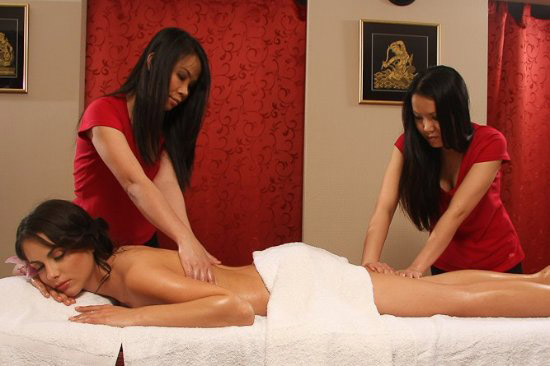
Practical Use of Thai Massage
At the physical level the focus may be on reducing strain and stiffness, relaxation of the entire locomotor system and the stimulation of circulation and metabolism. The main effects of traditional Thai massage are felt at the spiritual level, however. Being oriented towards prevention it offers the stressed-out Westener internal balance, calm and regeneration as well as harmonisation of the usually overstrained nervous system. On the whole a very pleasant state of relaxation can be achieved.
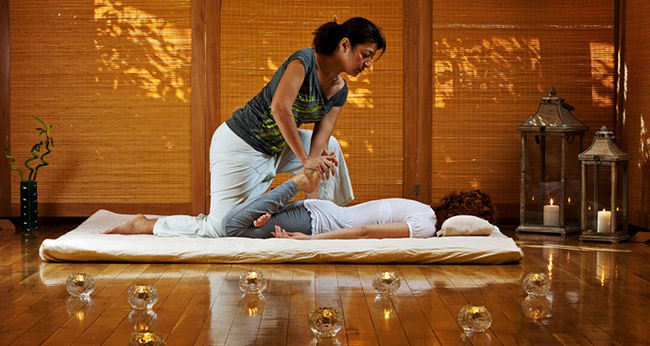
 London Massage Book Erotic Massage Guide Massage Parlour | Asian Massage | Tantric Massage | Sensual Erotic Massage
London Massage Book Erotic Massage Guide Massage Parlour | Asian Massage | Tantric Massage | Sensual Erotic Massage 
